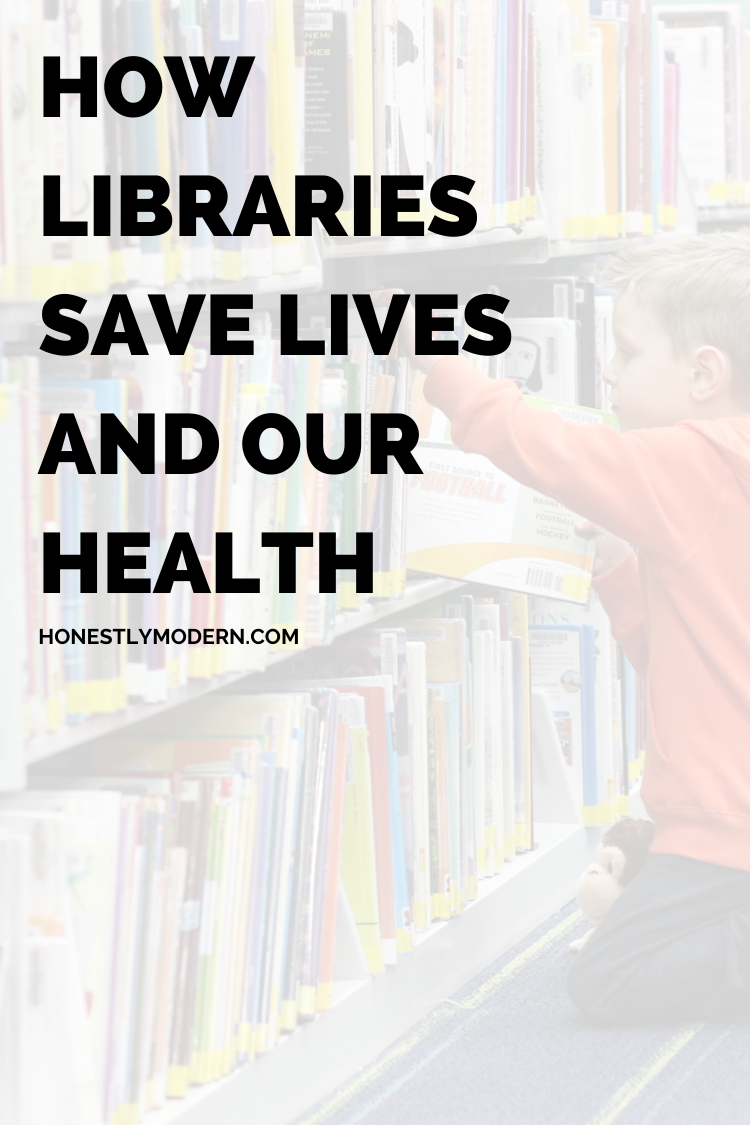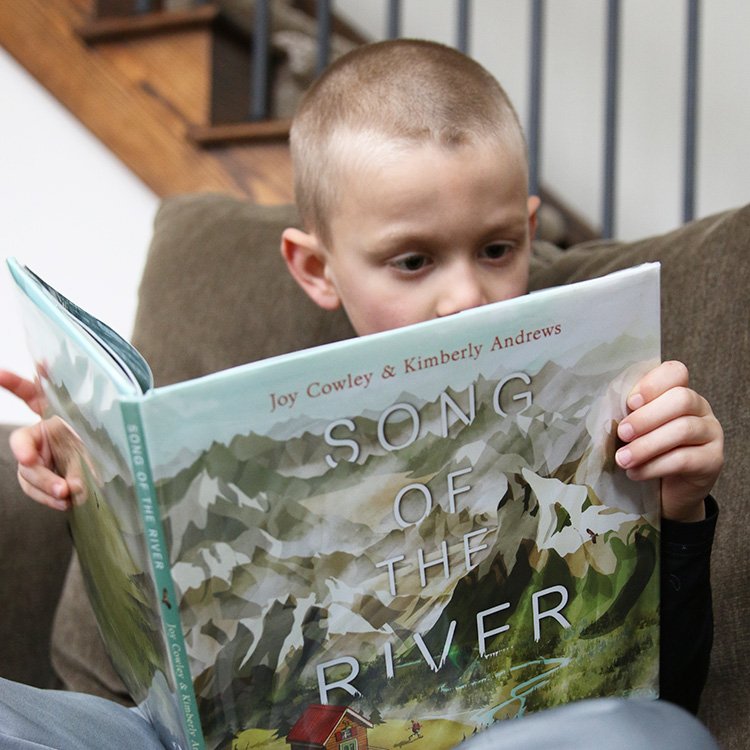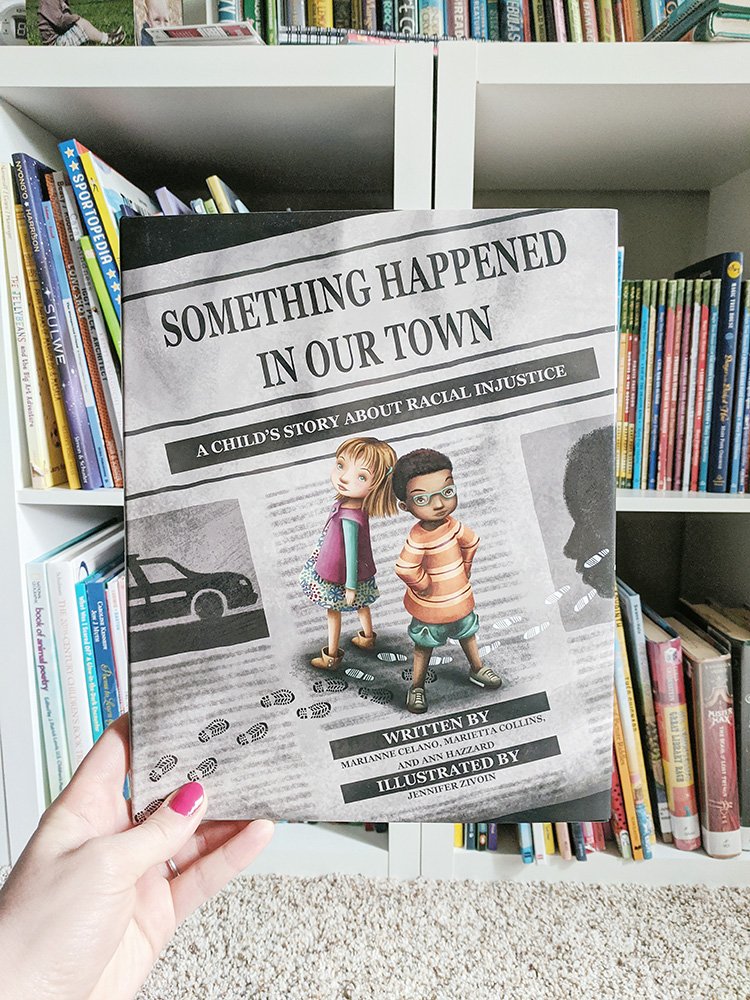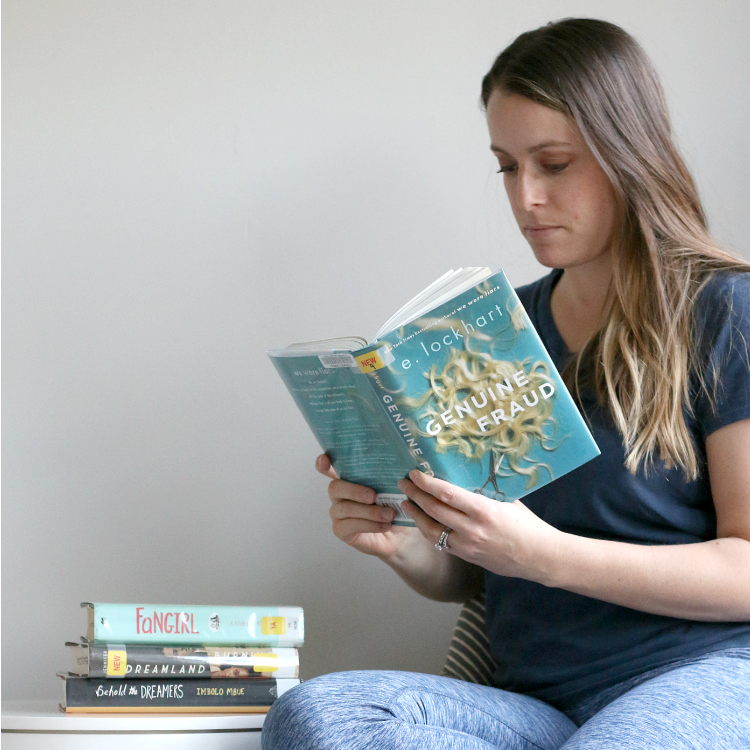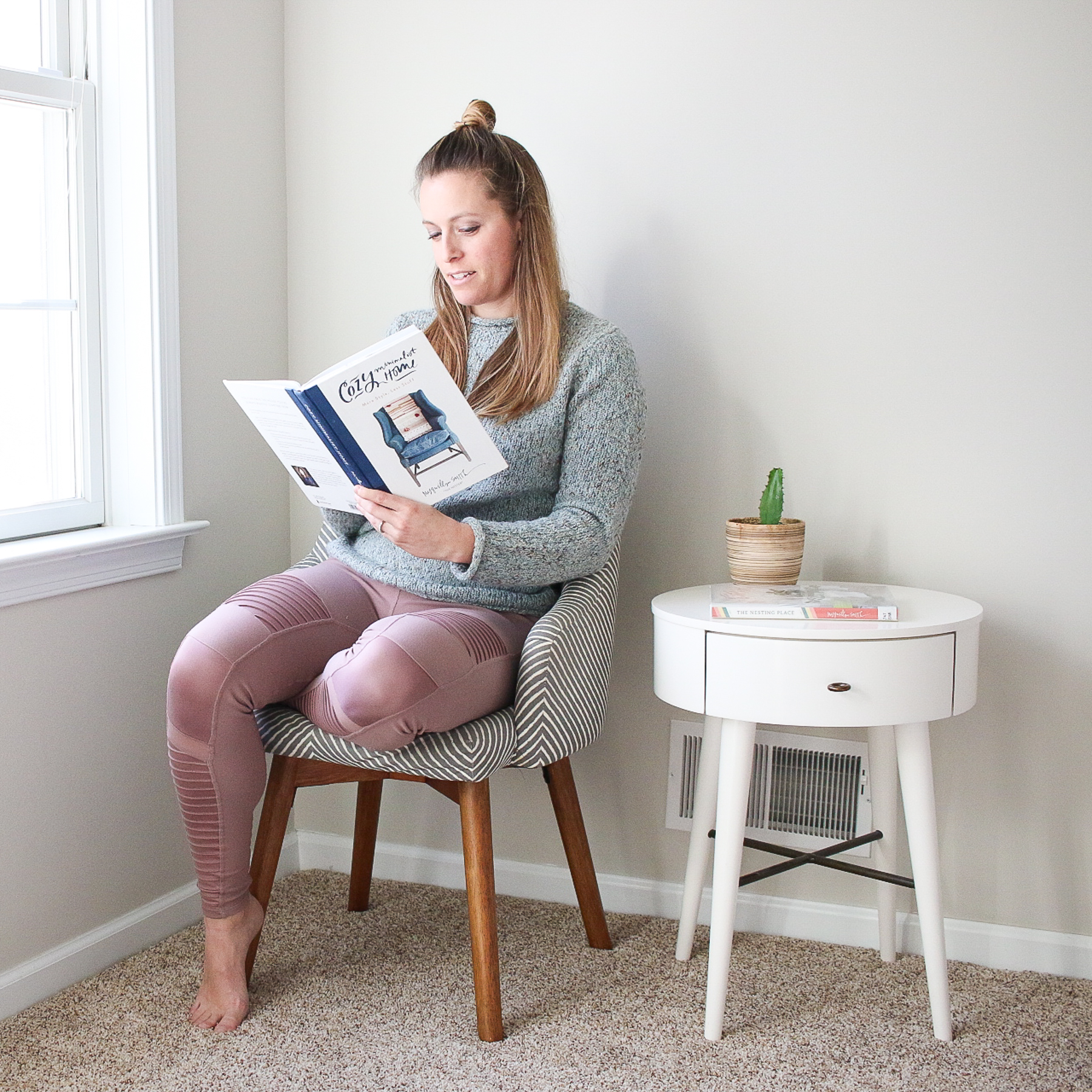How Libraries Are Saving Lives and Supporting Our Health
What if supporting your local library or funding public parks was as important to your health as a visit to the gym or healthy food in your grocery cart? Might you reconsider the small tax per year you pay to support a flourishing local library if you knew it was an integral component of public health and well-being?
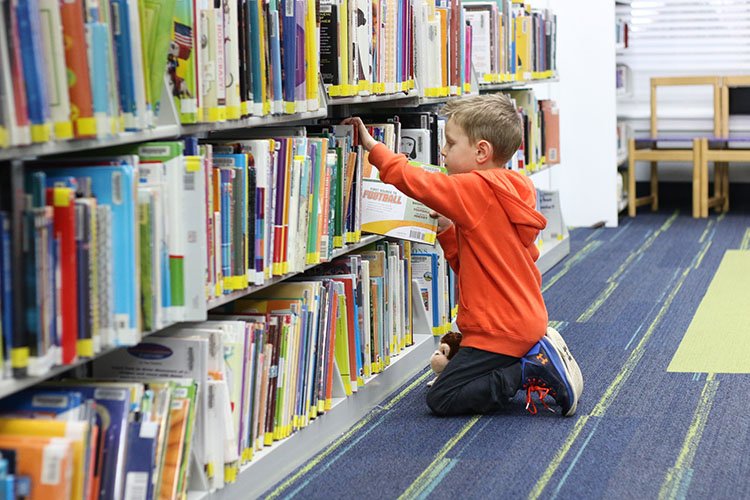
Have you visited your local library or a public park in your town lately? Research suggests that doing so might make you happier and healthier. In a recent episode of America Dissected, the host interviewed several experts on public health about how our well-being closely correlates to the breadth and quality of public infrastructure in a community.
Building social infrastructure is a direct way to impact public health.
Public infrastructure, like parks, playgrounds, and libraries, provides central gathering points around which communities thrive. When such facilities exist and are accessible, people leave their homes to connect with others, exercise, and get a bit of fresh air.
Public Spaces Promote Health And Wellness
In their simplest form, public gathering spaces offer community hubs for face-to-face social connection at a time when research shows people feel increasing lonely and disconnected, which in turn is a cause of anxiety, stress, depression, dementia, and even death. According to this study, social isolation increases the risk of death by 26%. At this rate, loneliness may be more detrimental to our health than obesity, smoking, lack of exercise or poor nutrition.
Social media, despite its name, exacerbates feelings of loneliness and despair. Young people seem to be some of the loneliest people in the community despite their constant “connection” to “friends” on social media.
This excerpt from an NBC News article sums it up well.
This [reported] level of disconnection is dangerous to our health. Loneliness has been alleged to have the same impact on our life expectancy as smoking 15 cigarettes a day, with a risk factor that rivals excessive drinking or obesity. In addition, a lack of social contact can hasten cognitive decline, Alzheimer’s, heart disease, depression and suicide. This leads to a huge uptick in medical bills — the AARP recently reported that isolation among older adults accounts for $6.7 billion in additional Medicare spending annually.
The emotional and financial costs of loneliness are grave. When we consider that a comparatively small investment in public spaces and engaging programs in those public spaces could bring people together to alleviate many of these health concerns, it’s almost unconscionable that we aren’t taking action.
On the contrary, we push back against a $10 annual tax increase to support libraries and parks but happily pay $150 per year for an Amazon Prime membership because, apparently, clicking on two-day delivery from our lonely couch to purchase a book is an acceptable replacement for borrowing that book from our local public library.
Related Read: Amazon Alternatives Series
I’m well aware that Amazon Prime offers far more than Prime delivery on books. We have Amazon Prime in our family. But one of the simplest arguments against funding libraries today is “doesn’t everyone just use Amazon?” For so many reasons, they aren’t the same!
With respect to library collections, not everyone can afford to buy what they otherwise borrow from the library. Closing public spaces and reducing shared resources for those who cannot afford to buy their own private alternatives adds another layer of hardship to growing income inequality.
Having our own giant personal library of books instead of sharing a collection doesn’t make environmental sense either, even if we could all afford to buy every book we wanted to read. It’s a waste of valuable resources. In a time of growing collective consumption, why are we watching libraries struggle and shutter?!
Beyond books, the benefits of public infrastructure like our libraries feed our souls and connect us with our community. Social programs at libraries and community centers can significantly alleviate some of the health and wellness concerns associated with loneliness for a fraction of the corresponding medical costs and with much more pleasant outcomes. Amazon is definitely not doing that.
Public Spaces Serve In Times Of Crisis
In some cases, public infrastructure can alleviate more immediate health concerns as well. As described in the America Dissected podcast, public spaces, like libraries, become safe havens for people in times of need. For example, people displaced from their homes find safety in public community spaces during extreme heat waves when they live without air conditioning and seek shelter during and after storms.
The podcast host discussed how hundreds of people died during a Chicago heat wave some years ago because they literally cooked to death in their homes. Death rates were highest in communities that didn’t have central meeting spots, like air-conditioned libraries, where people could congregate to care for each other and seek reprieve from the heat.
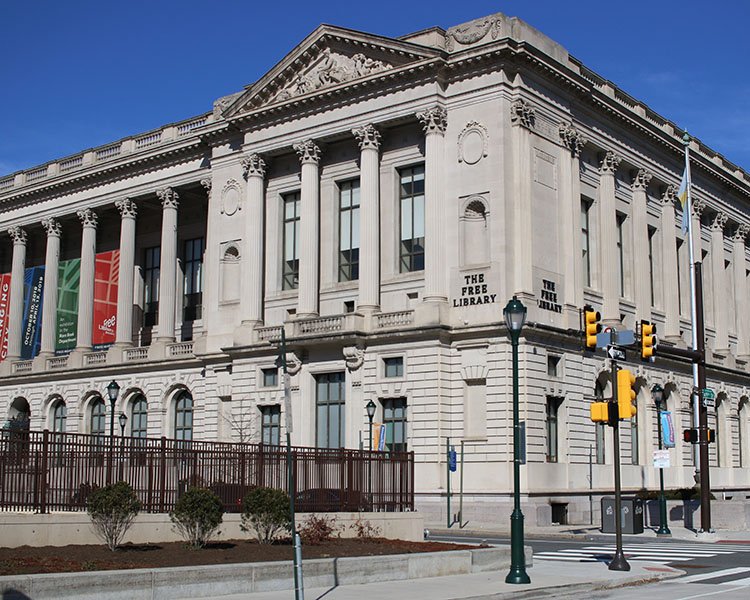
Private Alternatives Don’t Cut It But Drive Funding Cuts
In recent decades, we’ve steered away from public gathering points and focused on creating our own private sanctuaries. The podcast host describes that:
Often we use public space when we don’t have a private alternative, thinking that the private space, the backyard, is just as good, or even better. But we don’t realize the value isn’t just the space, it’s often the people who make the space what it is.
While we expect the extra rooms in our homes or space in our yard to create peace and comfort, we fail to appreciate that our quiet and sterile “sanctuaries” isolate us and starve our natural social desires. The host continues:
What’s worse is that when we all choose our own privately owned version, we undermine the public version. So governments stop building them.
Spending on public infrastructure facilities has dropped precipitously in recent decades. Libraries across the country are closing, especially in areas most in need of these community centers. As we come to better understand that online social communities and isolated living structures increase loneliness, should we be surprised by the growing propensity of mental health conditions like depression and anxiety?
As I write this, I can’t help but reflect on our family’s living situation. We live in a house with a large yard and could easily isolate ourselves from most of our neighbors. There are many benefits to having our own open space.
However, I know that our boys love visiting the park and quickly gravitate toward playing games with other children. Further, I can sit and relax, chatting with other parents, or just enjoy a few moments of peace while the kids play in a loosely-supervised but safe, free-play environment.
Further, we have plenty of books in our home library, yet the boys jump at the chance to visit the library, search for new books, build block towers with other kids, read under blanket forts, and explore the aisles of the library without minute-by-minute supervision and parental direction.
For our family, the parks and library in our community are really important resources for us even though we have plenty of private space in our yard and books on the bookshelf. They provide an entirely different and more important purpose than our private resources.
In addition to the small tax that we pay, our family makes an annual donation to our local library. Although our library receives a substantial portion of its funding from local townships, its a non-profit organization that relies heavily on donations from the community to keep the doors open. With our donation, we hope to ensure the library remains available for us and also for others, particularly those who may not be able to make a donation but value the services the library provides.
If you value the public spaces in your town, whether it be for your personal benefit or the overall well-being of the people in the community, be sure to support them financially or through advocacy, even if it’s simply letting your local leaders know that those public spaces are important to you. Unless we tell them and talk about it, our local leaders might not even know we care.
A Little Money Goes A Long Way
As for libraries, as an example, the financial contribution you make to your library each year through taxes or millage is probably minuscule. Relative to the level of service and number of patrons served, most libraries have very lean budgets. While some libraries receive no public funding and rely solely on donations, even many well-funded libraries only receive about $30-50 per year per capita.
Related Reading: 5 Ways To Support Your Local Library & Why It Matters
For many of us, we’d never miss an extra $5-10 per year leaving our bank account and landing in the bank for libraries or parks. Those small tax contributions add up, however, and make an enormous difference in the operating budgets for these public spaces.
Now imagine if we all diverted that $150 per year Amazon Prime membership fee to fund our public libraries. The shelves would be exploding with books and the ebook libraries overflowing. Their list of engaging programs would pack the calendar. (Not to mention, we’d probably save a bunch of money not making impulsive purchases from Amazon knowing we get “free” delivery.)
So what to make of all this? When you receive the annual appeal letter from your local library or public arboretum, cut them a check if you can. On voting day, when you see a referendum for a small additional tax to support your library or Parks and Recs department, consider the public and personal benefits that funding community gathering places can have on our health and happiness, and vote yes. Be sure your local leaders know these public spaces matter to you; visit the spaces and encourage others to use them bountifully.
Loneliness and isolation are taking a major toll on our health, happiness, and community engagement. Our libraries, community centers, parks, and gardens and the people who operate them are eager and apt to change the trajectory of this public health crisis. Supporting our local public infrastructure might be one of the best and most affordable investments we can make in ourselves and in each other.

